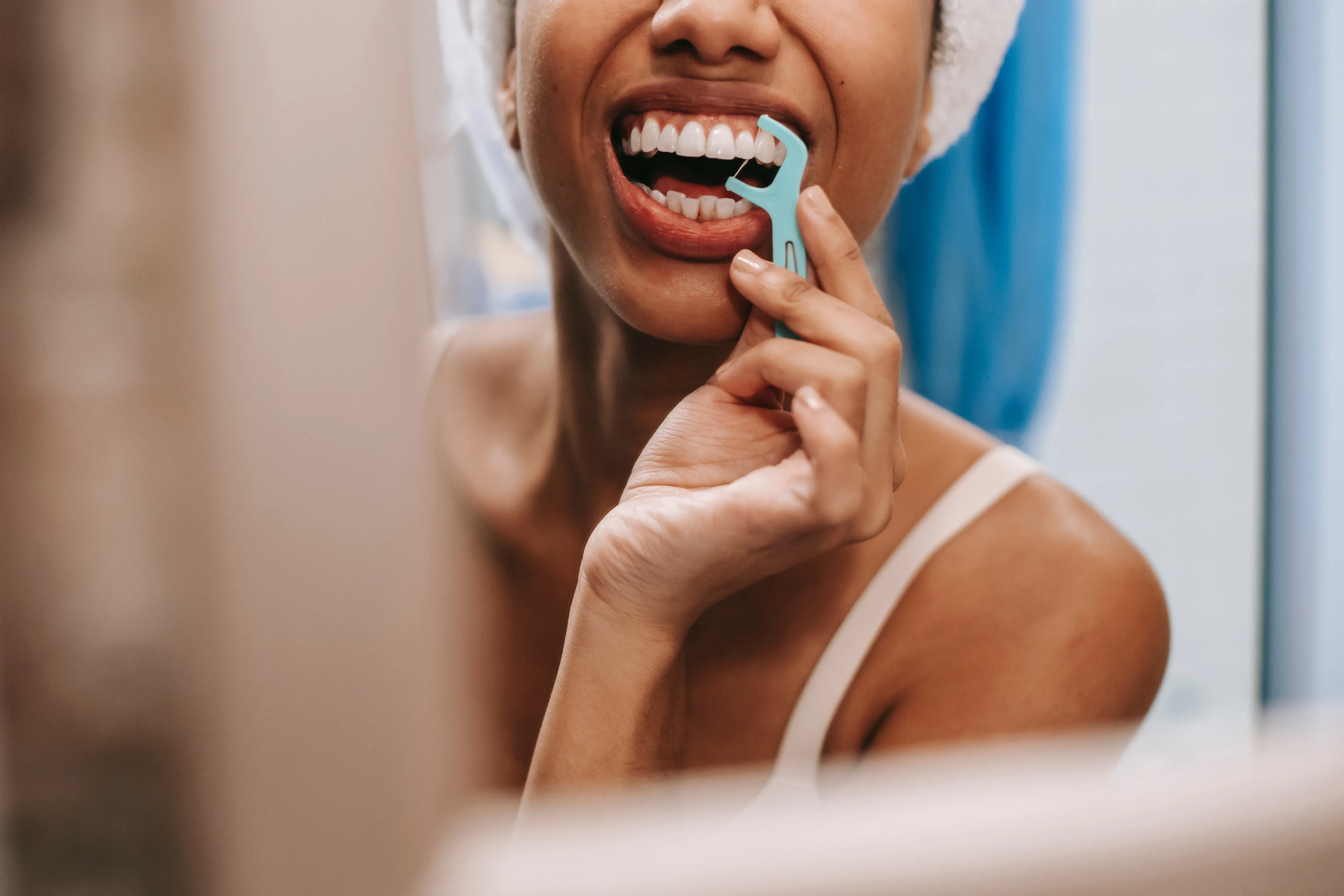The Whitening Teeth Debate A Closer Look
The quest for a brighter, more radiant smile has led many to explore the world of teeth whitening. It’s a popular cosmetic procedure, but it’s essential to approach it with a balanced perspective. While the promise of a dazzling smile is appealing, understanding the potential risks and benefits is crucial. This article delves into the intricacies of teeth whitening, examining the process, potential dangers, advantages, and how to ensure a safe and effective experience. By exploring both sides of the coin, you can make an informed decision about whether teeth whitening is the right choice for you. This deep dive will help you navigate the choices and make informed decisions.
Understanding the Whitening Process
Teeth whitening, at its core, involves using bleaching agents to lighten the color of your teeth. These agents penetrate the enamel, breaking down stain molecules and eliminating discoloration. The effectiveness of the process hinges on various factors, including the type of stain, the concentration of the bleaching agent, and the duration of the treatment. It’s a delicate balance of cosmetic enhancement and dental health. The process is not a one-size-fits-all solution, and individual results can vary based on the specifics of each person’s teeth and the methods used. Understanding the process is the first step towards making an informed choice.
How Whitening Agents Work
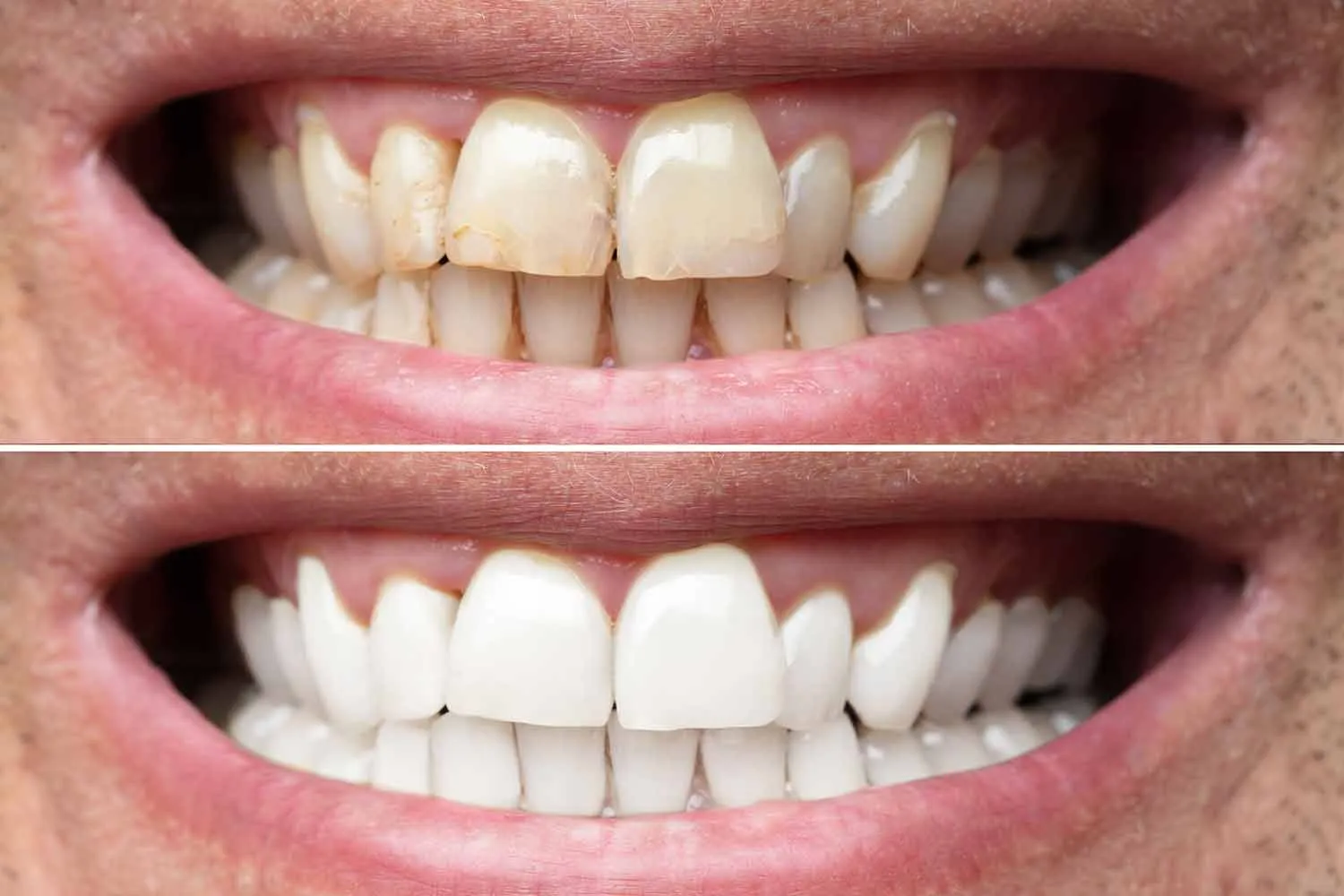
The magic of teeth whitening lies in the action of bleaching agents, typically hydrogen peroxide or carbamide peroxide. These compounds break down into oxygen molecules, which then react with the stain molecules embedded in the enamel. The oxygen molecules effectively lift and dissolve these stains, leading to a lighter, brighter appearance. The concentration of the bleaching agent determines the speed and intensity of the whitening effect, and the duration of exposure also plays a significant role. It’s important to note that these agents only affect the enamel and don’t change the underlying structure of the tooth. The images of teeth whitening can be misleading, as they show only the exterior effect.
Types of Whitening Treatments
Teeth whitening treatments come in various forms, each with its own set of advantages and considerations. Professional whitening, performed by a dentist, often involves a higher concentration of bleaching agents and can deliver more dramatic results in a shorter timeframe. At-home options, such as whitening strips, gels, and toothpaste, offer a more convenient and affordable approach but typically contain lower concentrations of the active ingredients, leading to slower, more gradual whitening. The choice between professional and at-home treatments depends on your budget, desired results, and tolerance for potential side effects. It is essential to do your research to understand the pros and cons of each type of whitening treatment.
The Potential Risks of Whitening Teeth
While teeth whitening can significantly enhance your smile, it’s important to be aware of potential risks. These risks are often manageable and can be minimized by consulting with a dentist and following their recommendations. However, understanding these potential issues is critical for making an informed decision. Being prepared for these possibilities can help you to have a smoother and more comfortable experience with the whitening process. Being aware can also help you better communicate with your dentist and ask questions. The side effects are also a good topic of conversation to have with your dentist.
Tooth Sensitivity and Whitening
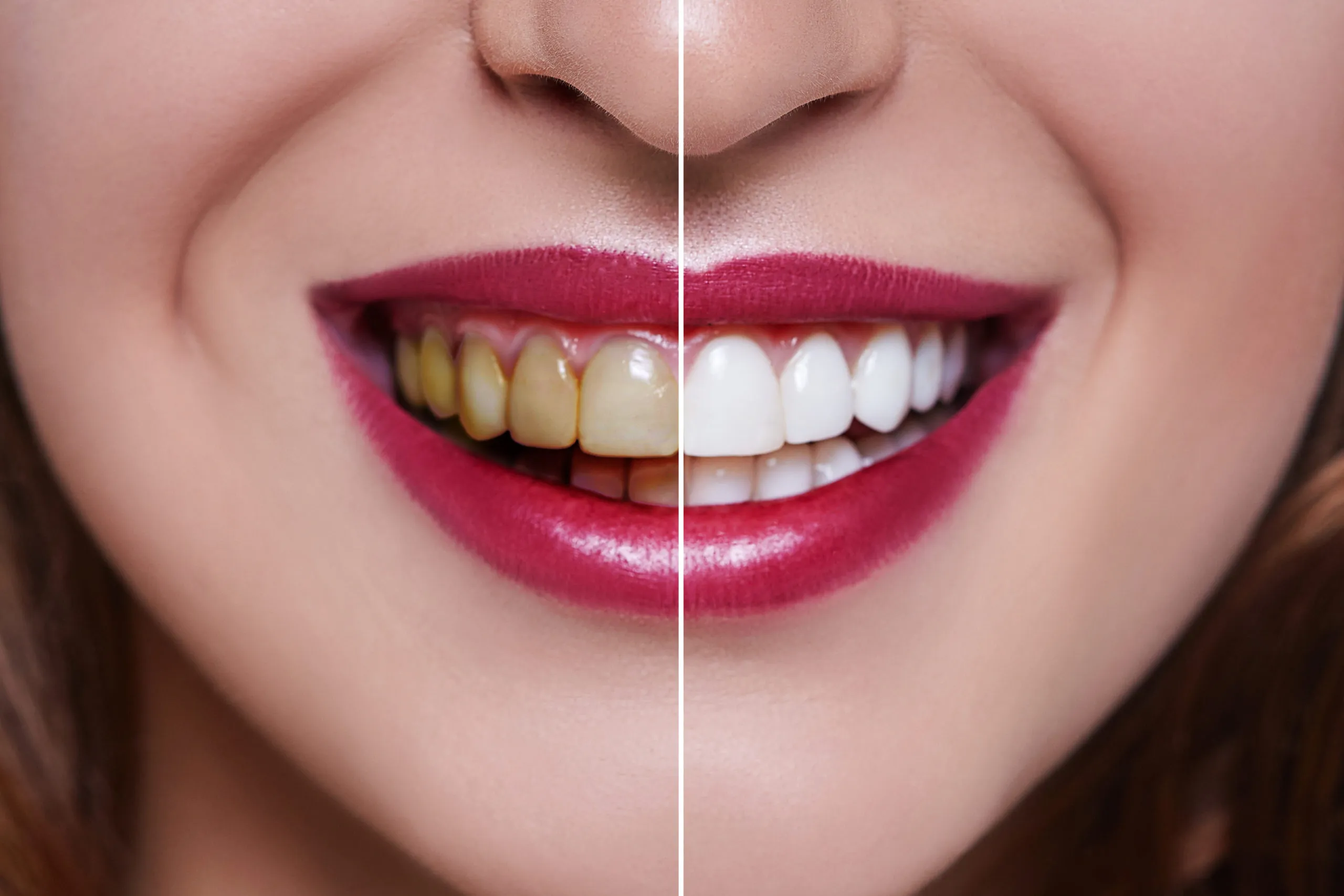
Tooth sensitivity is one of the most common side effects of teeth whitening. The bleaching agents can temporarily irritate the nerves in your teeth, leading to increased sensitivity to hot or cold temperatures. This sensitivity is usually temporary, subsiding within a few days after the treatment is complete. Dentists often recommend using desensitizing toothpaste before, during, and after whitening to help manage this issue. Avoiding very hot or cold foods and drinks during the whitening process can also help to reduce discomfort. If sensitivity is severe or prolonged, it is important to consult with your dentist, as this could be an indicator of another underlying dental health issue.
Gum Irritation and Inflammation
Gum irritation, or gingivitis, is another potential side effect. The bleaching agents can come into contact with the gum tissue, causing inflammation and discomfort. This is more common with at-home treatments if the whitening trays don’t fit properly or if the gel overflows. Professional whitening procedures typically involve protective measures to shield the gums from the bleaching agent. If you experience gum irritation, it is best to discontinue the treatment and consult with your dentist. They may recommend a different method or adjust the treatment plan to minimize the irritation. Proper fit is a must to avoid any irritation issues.
Damage to Tooth Enamel
While rare, excessive or improper use of teeth whitening products can potentially damage tooth enamel. Overuse of bleaching agents can lead to the erosion of enamel, making your teeth more susceptible to cavities and other dental problems. This risk is significantly lower when the treatment is performed or supervised by a dental professional. Following the instructions carefully and not exceeding the recommended treatment duration is crucial for minimizing the risk of enamel damage. Always consult with your dentist before beginning any whitening treatment and follow their guidance. Make sure to brush your teeth regularly to avoid enamel damage.
Benefits of Whitening Teeth
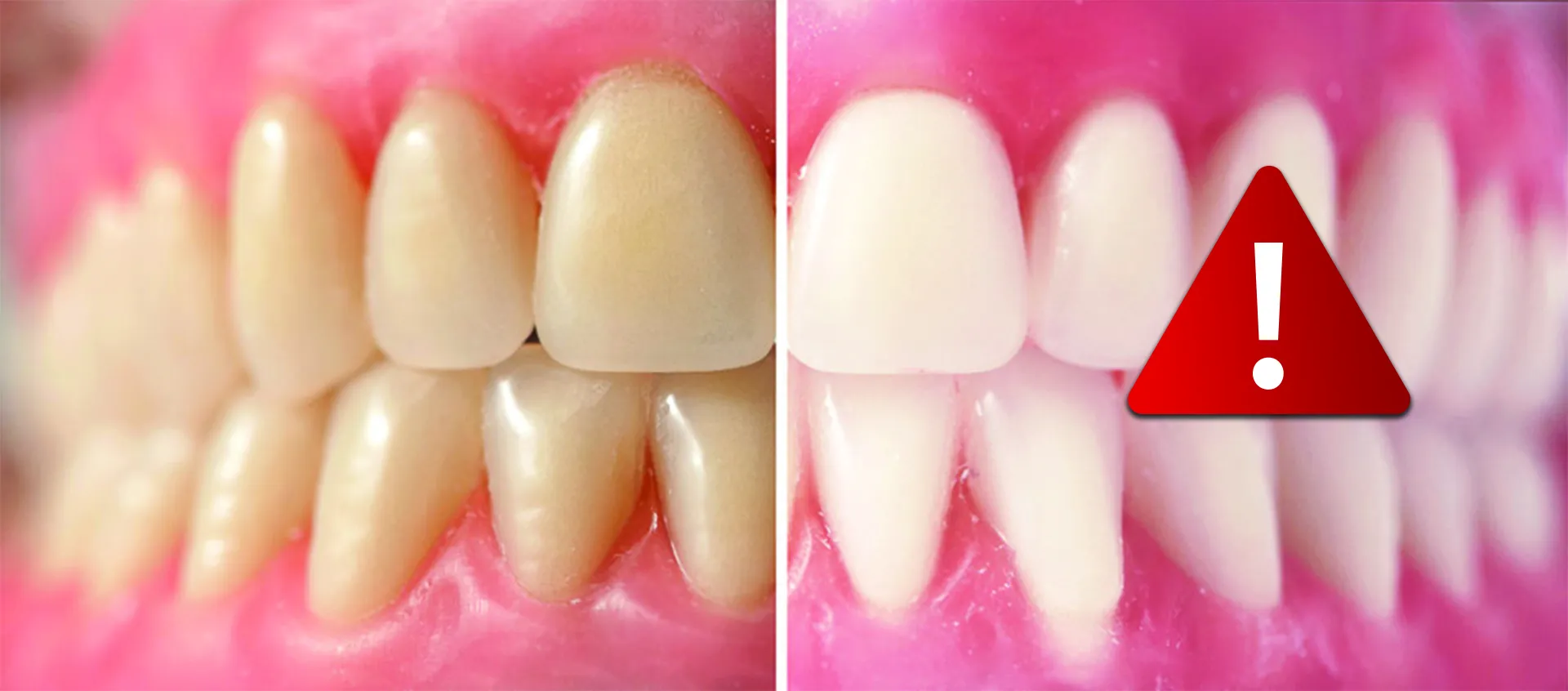
Despite the potential risks, teeth whitening offers several compelling benefits. These advantages often outweigh the drawbacks for many individuals, making it a popular cosmetic procedure. The impact of a brighter smile can extend beyond just aesthetics, influencing your confidence and overall well-being. Understanding the positive outcomes is essential for making an informed decision about whether teeth whitening is right for you. The benefits can improve your social life and help you form connections. Many people do teeth whitening to boost their confidence and self-esteem.
Boosting Confidence and Self-Esteem
A brighter, more attractive smile can significantly boost your confidence and self-esteem. Studies have shown that individuals with whiter teeth often feel more self-assured and positive about their appearance. This increased confidence can have a ripple effect, influencing social interactions, professional opportunities, and overall quality of life. The psychological impact of a beautiful smile shouldn’t be underestimated. It is a very simple method to increase a person’s confidence and self-esteem. There are several social benefits of whitening teeth.
Enhancing Your Smile’s Appearance
The most obvious benefit of teeth whitening is the improvement in your smile’s appearance. Whitening treatments can effectively remove stains and discoloration caused by coffee, tea, smoking, and aging, resulting in a more youthful and vibrant look. A brighter smile can make you appear more approachable, friendly, and healthy. This aesthetic enhancement can be a powerful motivator for many people seeking teeth whitening. Improving the smile’s appearance is one of the main motivators for people wanting to whiten their teeth. A whiter smile makes your teeth more attractive.
The Importance of a Consultation
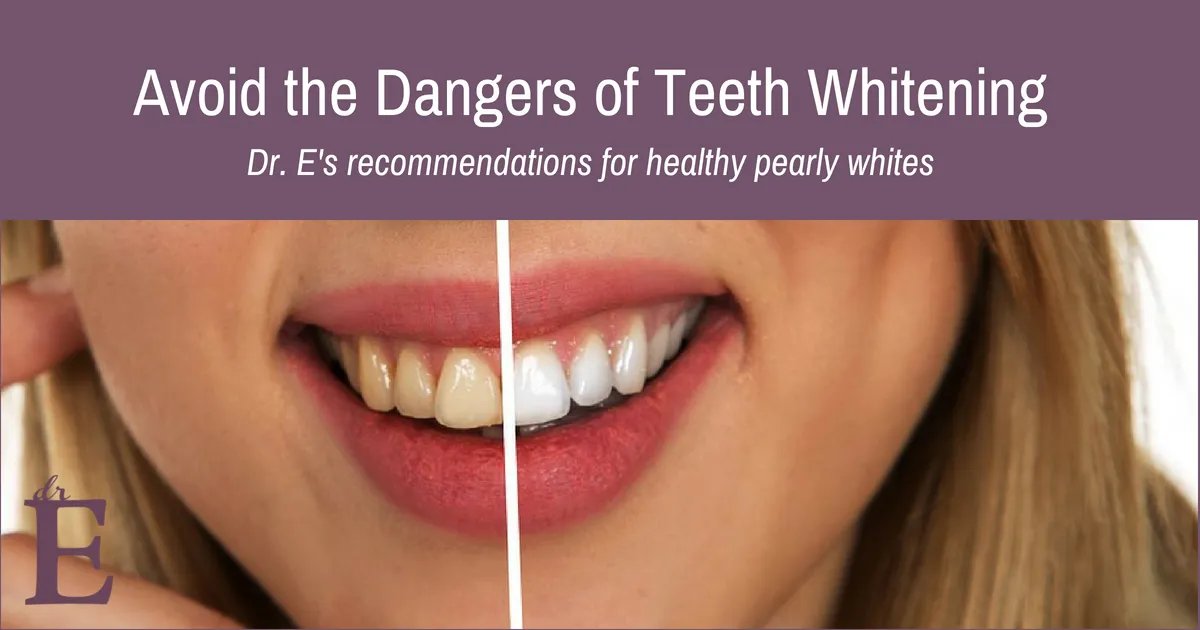
Before embarking on any teeth whitening treatment, consulting with a dentist is paramount. A professional dental evaluation can assess your oral health, determine the suitability of teeth whitening for your specific needs, and discuss the potential risks and benefits. This consultation ensures you’re making an informed decision and minimizes the chance of complications. This is the first and most important step for anyone who is thinking about whitening their teeth. Consulting a dentist is essential for assessing your oral health.
Dental Examination and Evaluation
A thorough dental examination is crucial to identify any existing dental issues that might affect the whitening process. Your dentist will check for cavities, gum disease, and other problems that need to be addressed before whitening. Addressing these issues beforehand ensures that the whitening treatment is effective and safe. This evaluation also helps the dentist determine the cause of any discoloration and recommend the most appropriate whitening method. A healthy mouth is necessary for teeth whitening, and the dentist will assess your oral health.
Discussing Expectations and Goals
During the consultation, your dentist will discuss your expectations and goals for teeth whitening. They will explain what results are realistic based on your individual circumstances and the chosen treatment method. This conversation helps to avoid disappointment and ensures that you have a clear understanding of the potential outcomes. It’s important to be realistic about the degree of whitening you can achieve and to understand that results can vary. Discussing your expectations helps you align your goals with the most suitable whitening option.
Safe Whitening Practices
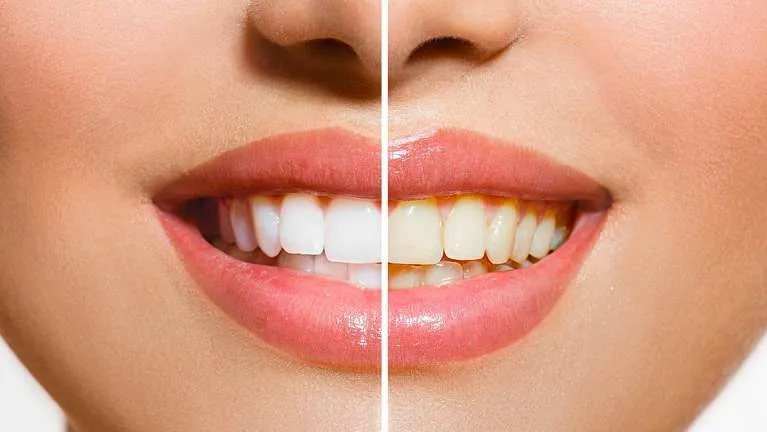
Ensuring a safe and effective teeth whitening experience involves choosing the right treatment, following instructions carefully, and maintaining good oral hygiene. Whether you opt for professional or at-home treatments, there are essential steps you can take to protect your teeth and achieve the best possible results. These practices will give you the best chances of success. Also, it is important to listen to your dentist.
Professional vs. At-Home Treatments
Professional teeth whitening, performed by a dentist, offers several advantages, including higher concentrations of bleaching agents and the ability to address specific dental concerns. While at-home treatments are more convenient and affordable, they may not be as effective for all types of stains. Your dentist can recommend the best option based on your needs and preferences. Professional treatments can also provide better monitoring and personalized care. At-home treatments are more convenient, but professional treatments offer more in-depth and personalized care. It is important to weigh the benefits and drawbacks of both before deciding.
Following Dentist’s Instructions
Whether you choose professional or at-home whitening, following your dentist’s instructions is critical. This includes adhering to the recommended treatment duration, using the correct amount of bleaching agent, and attending follow-up appointments as needed. Ignoring these instructions can increase the risk of side effects and reduce the effectiveness of the treatment. Your dentist’s guidance is essential for achieving safe and optimal results. It is important to listen to your dentist’s advice and follow their instructions. Following instructions will ensure that you get the best results and avoid any potential issues.
Maintaining Your Whitened Smile
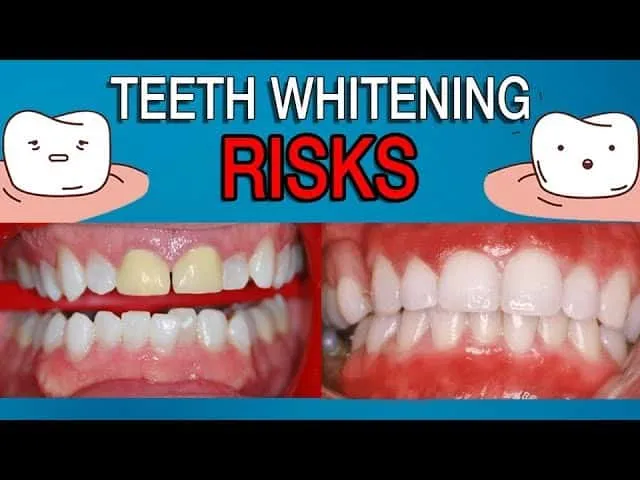
Maintaining your newly whitened smile requires ongoing care and attention. Practicing good oral hygiene and avoiding staining foods and drinks can help to prolong the effects of teeth whitening. Making these habits part of your daily routine ensures that your investment in a brighter smile is well-preserved. Maintaining your smile will ensure that you get the best results. It will also help to prevent any issues or problems.
Oral Hygiene Routine
Brushing your teeth twice a day, flossing daily, and using an antibacterial mouthwash are essential for maintaining a healthy smile. Regular dental check-ups and cleanings can also help to prevent staining and keep your teeth looking their best. Good oral hygiene not only keeps your teeth clean but also helps prevent cavities and gum disease, which can impact the appearance of your smile. A consistent oral hygiene routine is crucial for maintaining your bright smile and overall oral health. Brushing your teeth regularly will also avoid tooth enamel damage. These are just a few of the habits that can ensure a bright smile.
Avoiding Staining Foods and Drinks
Certain foods and drinks can stain your teeth and diminish the effects of teeth whitening. These include coffee, tea, red wine, dark sodas, and deeply colored fruits and vegetables. Limiting your consumption of these items can help to preserve your bright smile. If you do consume staining substances, rinsing your mouth with water or brushing your teeth afterward can help to minimize their impact. Being mindful of what you eat and drink can make a significant difference in the longevity of your whitening results. Try to avoid staining foods and drinks to get the best results.
